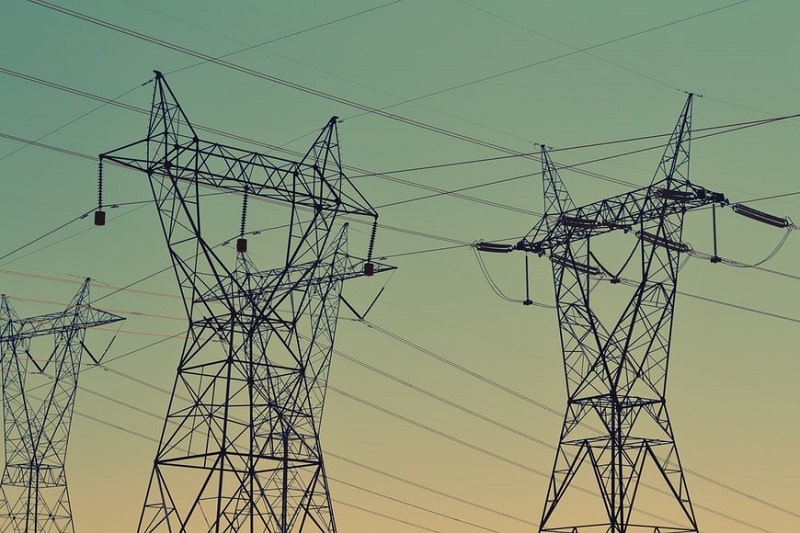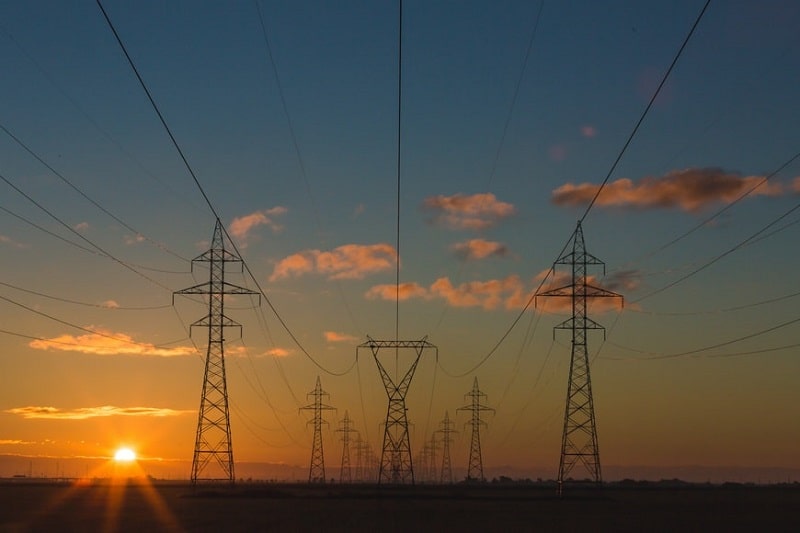Power prices in Europe are at an all-time high
Europe faces the risk of another energy domino effect, similar to the one that occurred during the winter of 2016-17, which resulted in a jump in power costs.
In December 2021, French EDF stated that four nuclear reactors will be forced to shut down due to emergency maintenance, reducing the country's electric power system's capacity until mid-January. France has long been a net exporter of power in Europe, but it currently requires higher imports to meet domestic demand. In December, 11.8 gigawatts of power were imported into France from Germany and Belgium, a warning figure for what is to come. Poland's electricity price in the day-ahead market climbed by 110 percent to EUR 344 per MWh on the same day.
The shift in France's position in the European electrical grid has raised the risk of a domino effect, as other nations face lower imports and higher costs as a result of the move. It happened in the winter of 2016-17 when numerous nuclear units in France were out of commission, but it might happen again today when power and gas costs are already sky-high.

Wholesale power rates have reached fresh highs, according to data from national energy markets and the European platform EEX. At some point, the price in France, Germany, the Netherlands, Belgium, Switzerland, Austria, Slovenia, Croatia, Hungary, Italy, and Slovakia was over EUR 400 per MWh. Bulgaria and Greece have the lowest price among the nations covered by the Energy Live platform, at EUR 342. The price per MWh in Serbia is EUR 396, whereas it is EUR 395 in Romania.
The biggest cause of rising electricity prices is natural gas. Around 80% of the increase is ascribed to gas, with the remaining 20% related to rising CO2 pricing, highlighting the relevance of the volume of gas in European subterranean storage. During the summer, the levels were not fully refilled. Winter storage capacity utilization peaked at 67.5 percent on December 1st and has since dropped below 60 percent, a level usually reached in January. If the winter is very harsh, it may fall to dangerously low levels by February or March. The energy market appears to have factored this in since power month-ahead contracts in key nations like Germany and France are higher in February than in January.
The average residential consumer's power price in Europe in 2020 was 21.26 cents per kilowatt-hour (cents/kWh), up 13% from the average price of 18.8 cents/kWh ten years previously. The UK (39 percent) and Greece (36 percent) saw the largest cost increases over this period. Hungary (-33 percent) and Norway (-28 percent) saw the highest declines in household power prices. Electricity rates grew by 13.6 percent in Lithuania and 12.9 percent in Poland between 2019 and 2020, owing to rising energy expenses. The Netherlands saw the largest percentage price drop (-31.0 percent), owing mostly to tax reductions. Decreasing prices were mostly driven by lower energy costs in Latvia, Slovenia, and Sweden.

For several years in a row, Germany (30.34 cents) and Denmark (28.33) have had the highest household power rates in Europe. In mentioned countries, the cost of a kilowatt-hour is more than three times greater than in Bulgaria (9.97 cents). Belgium (27.92 cents) and Ireland (24.13 cents) are vying for third and fourth place in the power price rankings, respectively. With 22.39 cents per kilowatt-hour, Spain is in the fifth position.
Energy prices in the EU are influenced by a variety of factors such as geopolitical position, taxes, network charges, and environmental expenses. Over the last ten years, power procurement and supply (network expenses) prices in Europe have stayed steady. The average has increased from 12.3 cents per kWh in 2010 to 12.7 cents now.
The most significant difference is made by taxes and levies. Their market share increased gradually from 25.6 percent in 2011 to 40.3% in 2020. These figures vary widely by nation, with Denmark having a rate of 66 percent and Germany having a rate of 53 percent. The Netherlands has the lowest tax rate (3.4%) owing to a return scheme. Malta is similarly near the bottom of the tax scale, with a tax rate of only 6%. VAT ranges from 4.8 percent in Malta to 21.2 percent in Hungary, with the EU average being 15.5 percent of the entire price.
Since 2010, electricity prices have grown in practically every European country. However, there are considerable disparities in the amount of money available to spend in addition to the price per kilowatt-hour. The fictional currency PPS, or purchasing power standard, is used to facilitate a better European comparison. Other considerations are taken into account when converting the country's gross domestic output per capita into purchasing power standards (PPS).
According to European power pricing figures, German and Danish families spend by far the most, while Bulgarians pay the least. However, when the expenses are measured in terms of purchasing power, Croatia has the most costly electricity, followed by Romania and Poland. Germany is ranked sixth. Luxembourg, the Netherlands, and the United Kingdom have the cheapest electricity in Europe in terms of purchasing power.
